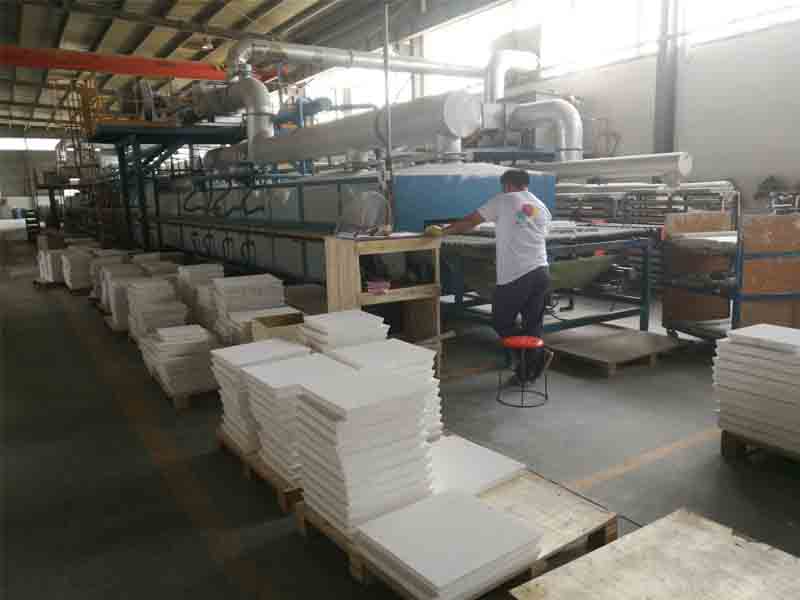
15 6月 Philippines China Foundry Filter
Philippines China Foundry Filter is placed in the filter box, the filter is set directly upstream of the mold to remove alloy inclusions in the aluminum liquid.
Philippines China Foundry Filter includes polymer mesh made of refractory material and a coating formed on the surface of the mesh. The coating contains water glass and sodium carbonate, which can be softened or adhered at the temperature of molten aluminum or aluminum alloy.
The aluminum raw material is melted to obtain a molten aluminum alloy, and the impurities are removed from the molten aluminum alloy by adsorbing impurities with water glass and sodium carbonate, thereby filtering the molten aluminum alloy and casting the molten aluminum alloy.

Successful molten aluminum filtration is achieved through two main steps: particle migration to the inner filter wall and particle attachment to the inner filter surface.
The trajectory of particles when the fluid changes direction in front of an obstacle or in Ceramic Foundry Filter. The density of the particles is lower than the density of the surrounding moving fluid, and they will deviate from their original path and collide with the filter.
The transport of particles depends on the size and density of the inclusions, the physical properties of the liquid metal, the curvature of the filter and the diameter of the filter holes.
It also depends on the lift generated by buoyancy and inertial forces. The inertial effect on the particle trajectory generally depends on the fluid velocity.
The hydrodynamic effect is due to the non-uniform shear field and the non-spherical shape of the particles leading to the velocity distribution inside the carrier flow, so that the particles hit the filter wall in the flow field to produce rotation and tumbling motion.
The Philippines is located in Southeast Asia. It faces China’s Taiwan Province across the Bashi Strait to the north, Indonesia and Malaysia across the Sulawesi Sea and the Balabac Strait to the south and southwest, the South China Sea to the west and the Pacific Ocean to the east. There are more than 7,000 large and small islands, of which 11 major islands such as Luzon, Mindanao, and Samar account for 96% of the country’s total area. The coastline is about 18533 kilometers long.
The main mineral deposits in the Philippines include more than 20 types of copper, gold, silver, iron, chromium, and nickel. Copper reserves are about 4.8 billion tons, nickel is 1.09 billion tons, and gold is 136 million tons. Geothermal resources are estimated to have 2.09 billion barrels of crude oil standard energy. There are about 350 million barrels of oil reserves in the northwestern part of Palawan Island.



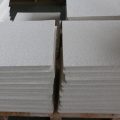
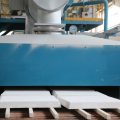
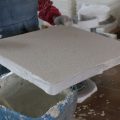
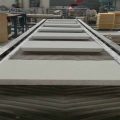
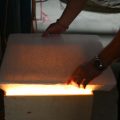

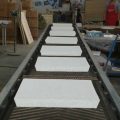

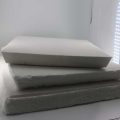
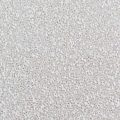
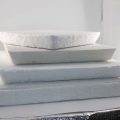

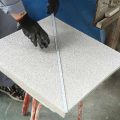
No Comments